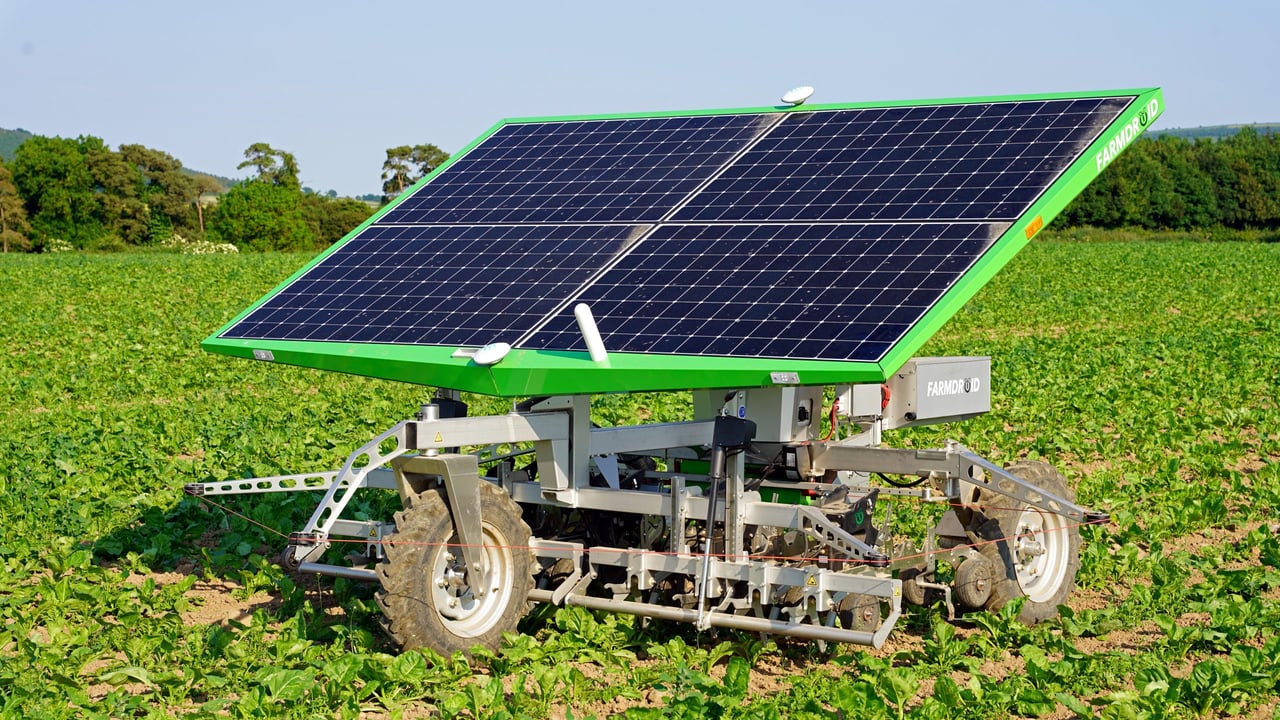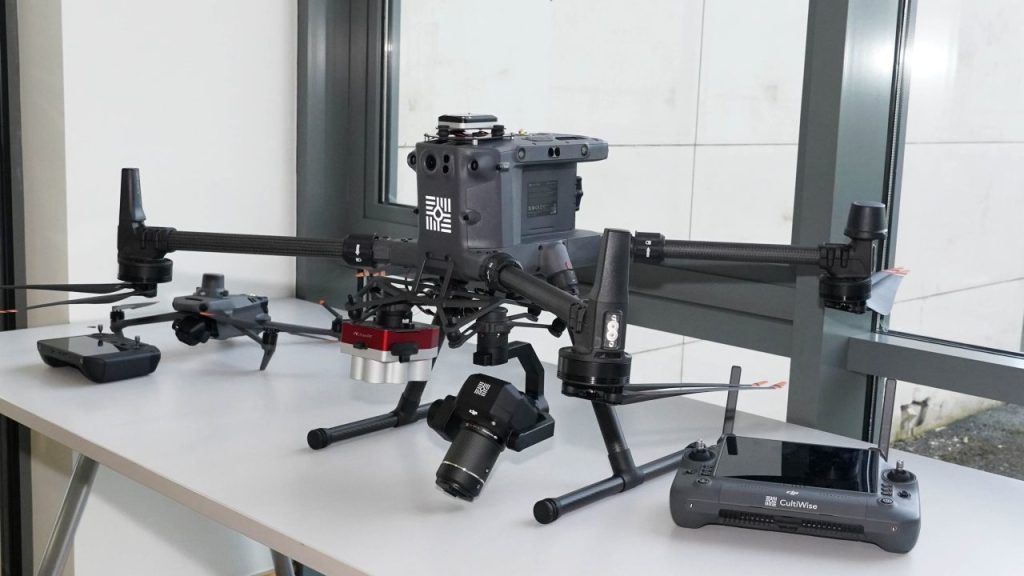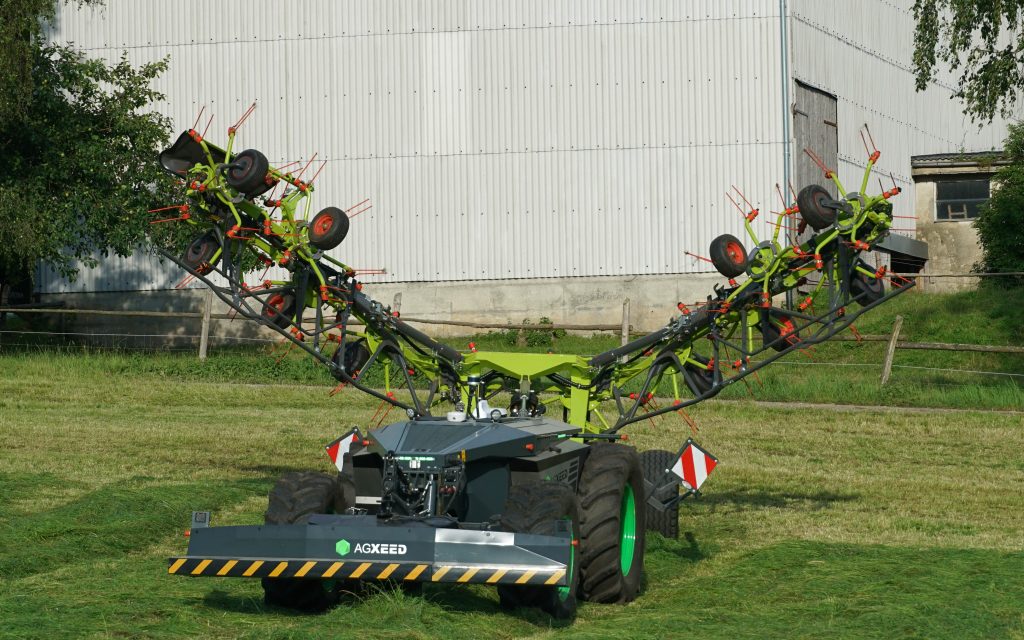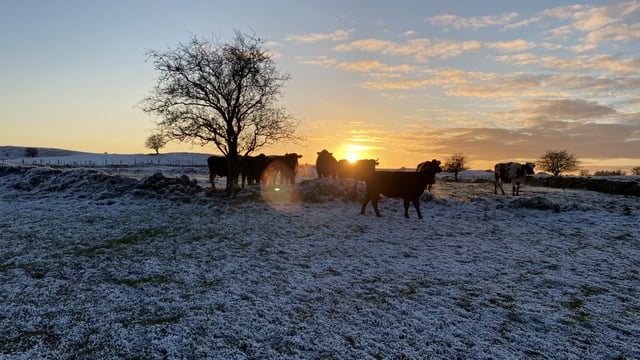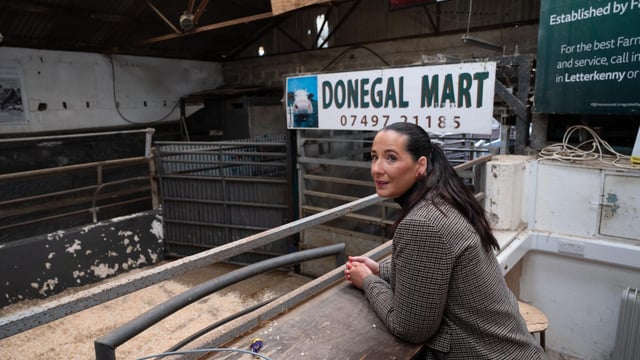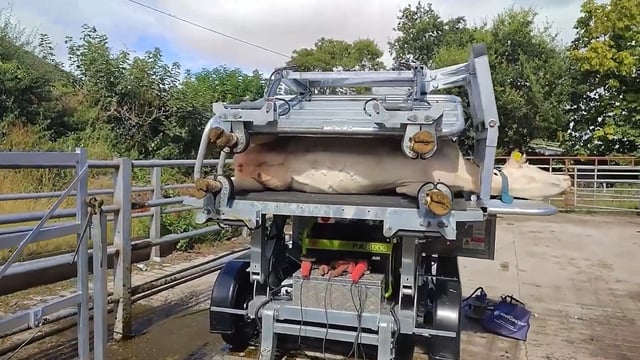FTMTA hears of both the benefits and dangers of AI
What is often labelled as artificial intelligence (AI) is already happening and having a huge influence on the world we live in, with agriculture is very much included in that.
At its recent conference, the Farm Tractor and Machinery Trade Association (FTMTA) had invited along Dr. Charles Nwankire, an AI consultant and champion of generative AI and the transformation of business through its use.
His first task was to define exactly what is meant by AI, which he qualified as being any computational task that requires intelligence, although quite how 'intelligence' itself is defined was left for another day.
Firmly rooted
Dr. Nwankire's overall message was that generative AI - that is the type we see in use with ChatGPT - is now part of the business scene and will be used regularly for the creation of sales literature and reports, as one dealer has confirmed to Agriland since.
But AI does not come without problems; one is privacy, another is copyright, and there are numerous warnings about its misuse and the fear that it will come to rely on existing AI-generated content, thereby becoming a closed loop system with mistakes and errors being amplified rather than eradicated.
And it is this which introduces a powerful brake on its adoption.
All content created by AI currently requires human verification; while this need exists, can it really be described as intelligent?
To boast of AI being 99% correct is simply not good enough. In many situations, it has to be 100% correct to be useable - for example, in law and medicine.
Two divisions
From all the fog that presently surrounds AI, we have two main branches appearing.
The first is generative AI as described above, and it is this that Dr. Nwankire mainly dwelt upon.
Generative AI is already playing a part in the overall manufacture, distribution, and selling processes of machinery, and it is not going to go away anytime soon.
The second is the rise of agentic AI; where it is targeted to perform certain well-defined functions.
Although labelled as AI, this is clearly more a case of advanced statistical algorithms being developed for machine-learning applications.
Thus, computers can absorb data and generalise that information to create unseen data which it may then use to perform tasks without explicit instructions.
Weed recognition is the classic example here, but the pursuit of autonomy in tractor guidance and function also relies heavily on this side of the science.
Early days for AI
Altogether there is a great deal more to come from AI, the overall message is that it is presently only a tool, and while incredibly useful, it has not got to the stage where human knowledge and reasoning can be dispensed with.
Despite the optimism, there is a growing concern about another aspect of AI and that is the sheer amount of computing power required to run these programmes.
The maths is highly complex, yet one stark fact stands out and that is the basic component of AI is the large language model (LLM), and which relies on what are referred to as parameters, the role of which is to signal the importance of various items of data.
Presently, the largest models have 100 billion parameters, requiring 200 gigabytes to load, which means that they cannot be run on devices or computers that we are familiar with in the home, office, or tractor.
The energy consumption is also colossal and, if we are going to rely on AI going forward, then there will need to be some serious discussion about just where this energy is to come from.

